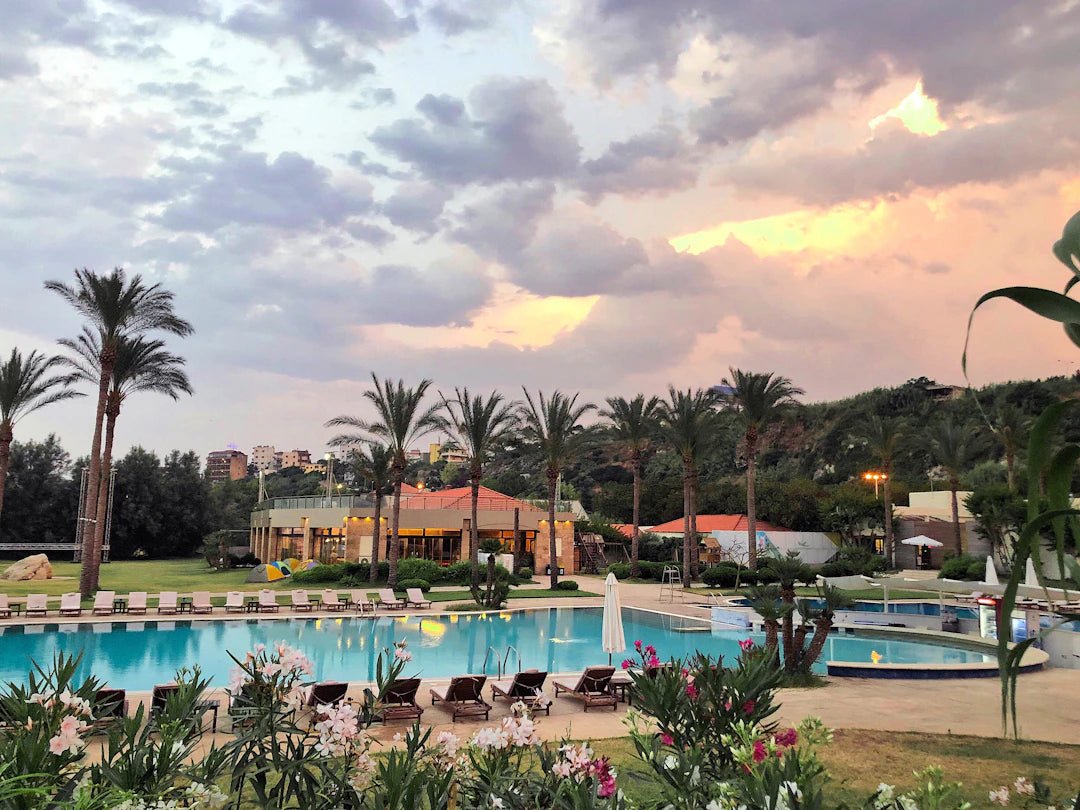Frequently Asked Questions
1. What is a swim spa?
2. What are the advantages of swim spas?
3. What are the disadvantages of traditional pools?
4. How do swim spas and traditional pools differ in terms of space?
5. What factors should I consider when choosing between a swim spa and a traditional pool?
When it comes to enhancing your backyard or creating a perfect oasis for relaxation and recreation, two popular options come to mind: swim spas and traditional pools. Both offer unique advantages, yet they also come with distinct disadvantages. By weighing the pros and cons of each, you can make an informed decision on which option is best for your lifestyle and preferences. In this article, we will dive deep into the comparison of swim spas and traditional pools, helping you navigate the waters with ease.
What Are Swim Spas?
Swim spas are hybrid systems that combine the functionality of a swimming pool and a hot tub into one versatile unit. They are typically smaller than traditional pools and are designed to provide a smooth swimming experience while also serving as a relaxing spot for hydrotherapy. Swim spas come equipped with powerful jets that create a current, allowing users to swim in place, making them an excellent option for those with limited space.
What Are Traditional Pools?
Traditional pools, on the other hand, are permanent structures that can range in size, shape, and design. They can be in-ground or above-ground, and they cater to both recreational swimming and relaxation. Traditional pools are often the centerpiece of a backyard, offering a wide range of activities from splashing around to hosting summer parties.
Pros of Swim Spas
Space-Saving Solutions
One of the most significant advantages of swim spas is their compact size. If you have a smaller yard or limited outdoor space, a swim spa might be the ideal choice. It provides the ability to swim, exercise, and relax without taking up as much room as a traditional pool would.
Dual Functionality
Swim spas serve a dual purpose. They provide the benefits of both a swimming pool and a hot tub, making them versatile for exercise, relaxation, and therapy. Whether you wish to swim, enjoy the warmth of heated water, or simply unwind after a long day, swim spas can cater to all your needs.
Reduced Maintenance
Swim spas generally require less maintenance compared to traditional pools. Smaller water volume means reduced chemical usage, and their built-in filtration systems help maintain water clarity and cleanliness with far less effort.
Energy Efficiency
Due to their smaller size and insulated design, swim spas are often more energy-efficient than traditional pools. This translates into lower heating and operational costs over time, making them a cost-effective option for homeowners concerned about their electricity bills.
Year-Round Use
Swim spas can be used throughout the year, especially if they are equipped with heating systems. Imagine swimming in warm water while snowflakes fall around you in winter—this is a luxury that traditional pools cannot offer without extensive heating systems.
Cons of Swim Spas
Limited Space for Group Activities
While swim spas allow for swimming and relaxation, their size may restrict group activities. If you often host family gatherings or parties where a lot of people are expected, a swim spa may not be able to accommodate everyone at once.
Higher Initial Investment
The investment for a top-quality swim spa can be substantial, often falling into a higher price range compared to basic above-ground pools. While this may pay off in the long run with reduced operating costs, the upfront costs can be a barrier for some homeowners.
Swimming Space Limitations
Although swim spas are designed for swimming, the confined space may not meet the needs of more serious swimmers. If you're an avid swimmer looking to train, a swim spa might not provide the length and breadth you desire.
Pros of Traditional Pools
Ample Space for Swimming and Fun
One of the standout benefits of a traditional pool is the ample swimming space it offers. You can host parties, play games, or simply lounge around with family and friends without worrying about feeling cramped. Traditional pools easily accommodate multiple swimmers at once.
Customization and Aesthetics
Traditional pools offer a higher degree of customization in terms of design, shape, size, and accessory options. You can create a stunning backyard centerpiece that reflects your personal style while incorporating features like waterfalls, lighting, and landscaping.
Value Addition to Your Property
Investing in a traditional pool can significantly increase your property value. Homebuyers often see pools as luxurious enhancements to a home, which can lead to better returns on investment when it comes time to sell.
Cons of Traditional Pools
Higher Maintenance Requirements
Traditional pools demand more ongoing maintenance, from regular cleaning and chemical balancing to seasonal openings and closings. This investment of time and effort can be a burden for some homeowners.
Higher Operational Costs
The larger water volume of traditional pools means higher operational costs. You will likely face increased electricity, water, and chemical costs, especially if you want to maintain optimal temperatures during the swimming season.
Seasonal Limitations
Depending on where you live, traditional pools are often limited to specific seasons for usage. In colder climates, the prolonged off-season can mean investing in pool heaters or covers, adding further to operational costs.
Making Your Decision: Factors to Consider
When deciding between a swim spa and a traditional pool, consider the following factors:
Available Space
Your yard's layout and size can inform your choice. For smaller spaces, a swim spa may be more suitable, while larger areas can accommodate traditional pools with better utility.
Budget
Evaluate your budget, not only for the initial investment but also for ongoing maintenance costs. Swim spas often have lower operational costs, while traditional pools may add significant expenses over time.
Intended Use
Consider how you plan to use your aquatic environment. If sports and recreational activities are a priority, a traditional pool may be necessary. Conversely, for relaxation and light fitness, a swim spa could suffice.
Climate Considerations
The climate in your area should also play a role. If you experience extreme temperatures, swim spas can offer year-round enjoyment, whereas traditional pools may only be practical during warmer months.
Enjoying Your Oasis: The Best of Both Worlds
While swim spas and traditional pools both have their pros and cons, that doesn’t mean you can’t enjoy a hybrid experience. Some homeowners opt to invest in both a swim spa and a traditional pool, maximizing their outdoor space for both relaxation and recreation. The ultimate choice comes down to your specific needs, budget, and lifestyle preferences.
Final Thoughts: Creating Your Perfect Space
Ultimately, whether you decide on a swim spa or a traditional pool, the goal is to create a backyard escape that enhances your family's leisure time and quality of life. Each option offers unique benefits tailored to different interests, so take the time to assess what will work best for you. By understanding the features, advantages, and challenges of both, you'll be well on your way to making a decision that will lead to countless summer memories to cherish for years to come!



